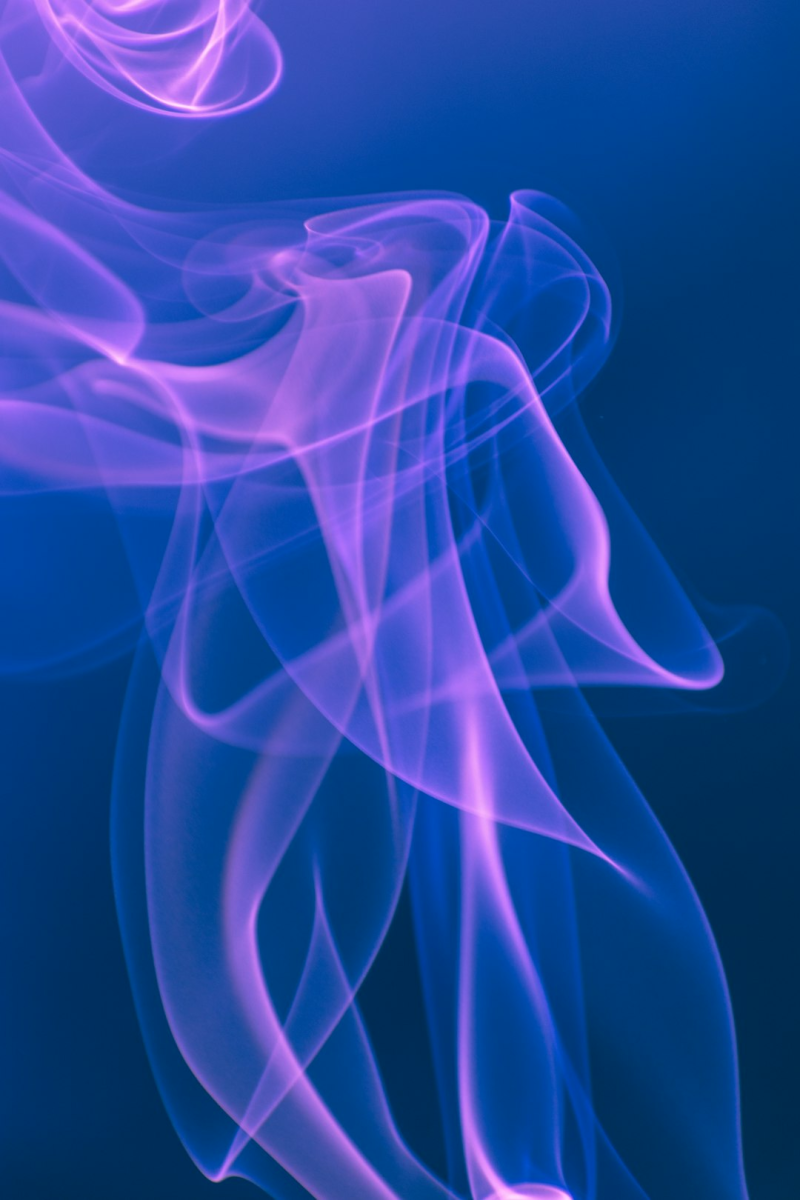What is Hue in Photography?
Hue in photography refers to the color or shade in an image. It's one of the main properties of colors, alongside saturation and brightness.
Hue can be understood as the type of color perceived, such as red, blue, green, yellow, etc. It's the aspect of color that allows us to identify and differentiate colors in the spectrum.
In the context of photography, adjusting the hue can change the overall color tone of the image without altering its brightness or contrast. This can be used for creative effects, to correct color casts in photographs, or to enhance certain aspects of an image to make it more visually appealing.
Hue adjustments can be made in post-processing software, allowing photographers to subtly or dramatically alter the mood and feel of their photos.
Rules for Hue in Passport Photos
For passport photos, the requirements concerning hue are generally focused on ensuring that the photograph accurately represents the subject without any color distortions that could affect the recognition process.
There are specific rules related to hue (and color, more broadly) that are typically followed:
- Natural Color: The photo should reflect your natural skin tone. The hue settings should not be adjusted in a way that significantly alters your appearance. Over-saturation, under-saturation, or unusual hues that make the photo look unnatural are usually not acceptable.
- No Filters or Effects: Any filters or effects that alter the natural color or introduce unnatural hues to the photo are not allowed. This includes any digital alterations that might change the way your skin, hair, or eye color look in the photo.
- Consistent Lighting: The lighting should be even and balanced, without creating harsh shadows or highlights that could alter the appearance of your natural skin hue. The goal is to have a clear, accurate representation of your features.
- Background Requirements: Although not directly related to your skin or feature hue, the background hue is also important. A plain white or off-white background is required. The background should not have patterns or colors that contrast dramatically with your natural appearance.
Frequently Asked Questions
We will promptly send the photos, guaranteed within 24 hours and usually within 2 hours. The photos will be shipped from our headquarters in The Netherlands, via regular mail without tracking.
Why Was the Money Deducted From My Account for the Failed Order?When you cancel a payment or encounter an error, you will receive a notification email. If you make another attempt and successfully place the order, the payment will be deducted from that transaction.
Can I Pick the Background Color of My Passport Photo?No, our system automatically adjusts the background color of the photo to ensure it meets the official requirements.
- Glossary
- AI
- Aberration
- Acceptance Criteria
- Accuracy
- Age
- Anger
- Angle
- Aperture
- Apparel
- Appearance
- Artificial Light
- Attire
- Background
- Balance
- Bald
- Bangs
- Beanie
- Beard
- Bedridden
- Biometrics
- Blur
- Blushing
- Body Language
- Brightness
- Bun
- Burqa
- Camera Lens
- Camouflage
- Cap
- Cheeks
- Chest
- Chin
- Clarity
- Clearness
- Clothing
- Colors
- Compliance
- Composition
- Compression
- Contact Lenses
- Contrast
- Criteria
- Cropping
- Crown
- Crying
- DPI
- Daylight
- Detail
- Diffusion
- Dimensions
- Disability
- Disgust
- Distortion
- Distractions
- Double Chin
- Ear Attachments
- Earrings
- Ears
- Emotions
- Even Lighting
- Eye Bags
- Eyebrows
- Eyeglass Frame
- Eyelashes
- Eyelids
- Eyes
- Face
- Face Mask
- Facial Expression
- Facial Recognition
- Fear
- Feeding Tube
- Filters
- Fingerprint
- Flash
- Focus
- Forehead
- Frame
- Frowning
- Glare
- Glasses
- Glossiness
- Goatee
- Government
- Gradient
- Grain
- Hair
- Hair Gel
- Hairline
- Hairpin
- Hairspray
- Hairstyle
- Hat
- Head
- Head Tilting
- Headband
- Headgear
- Headphones
- Hearing Aid
- Hijab
- Hue
- ISO
- Identification
- Identity
- Identity Document
- Identity Theft
- Intensity
- Jaw
- Jewelry
- Joy
- Laughing
- Legitimation
- Lighting
- Lips
- Lipstick
- Makeup
- Microchip
- Mirroring
- Mouth
- Mouth Corners
- Municipality
- Mustache
- Myopia
- Natural Representation
- Neck
- Necklace
- Neutral Expression
- Nose
- Nose Job
- Nostrils
- Overexposure
- Overweight
- Pattern
- Personal Data
- Photo Paper
- Photo Printer
- Photo Quality
- Piercing
- Pixels
- Plain
- Ponytail
- Positioning
- Posture
- Presbyopia
- Privacy
- Pupils
- Recent
- Recognizable
- Red Eyes
- Reflections
- Resemblance
- Resize
- Resolution
- Retouching
- Sadness
- Saturation
- Scarf
- Scowling
- Security
- Selfie
- Selfie Stick
- Shadows
- Sharpness
- Shining
- Shoulders
- Shutter Speed
- Skin
- Skull
- Smiling
- Smudge
- Solid
- Spasm
- Speckling
- Strabismus
- Suitable
- Sunglasses
- Support
- Surface
- Surprise
- Sweating
- Tattoos
- Teeth
- Texture
- Throat
- Tie
- Tongue
- Torso
- Toupee
- Travel Document
- Tripod
- Turban
- Turtleneck
- Underexposure
- Uniform Background
- Uniforms
- Validity
- Visibility
- Wheelchair
- Wig
- Wrinkles
- Zoom
Don't Have Time Now?
Leave your email so that we can send you a discount coupon to continue later.
Oops! Usage Limit Reached
To maintain fair use of our service, we’ve set a limit of checks per user.
For photographers and other businesses with higher volume needs, please contact us about extended access options at hi@rostrio.com.
Thank you for your understanding!
